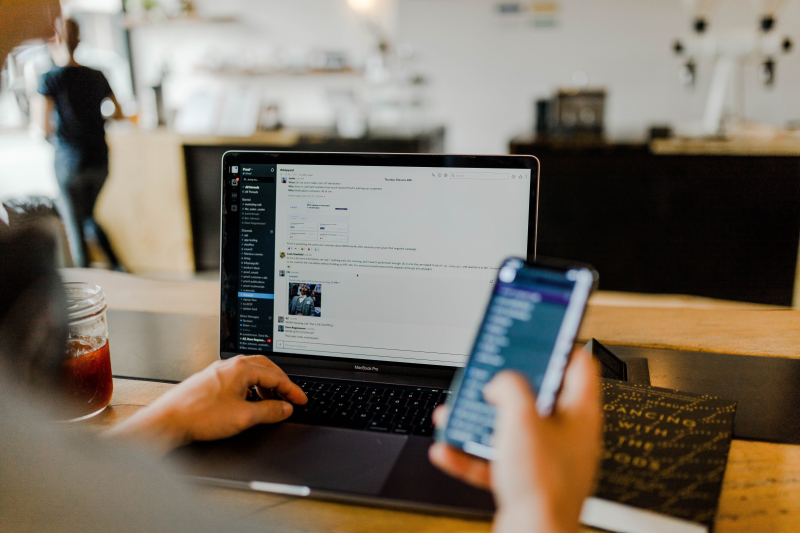What’s there to gain?
- No more (or fewer) distractions. In his seminal work Getting Things Done, David Allen suggests treating various misplaced items you’ve left around the house like righteous additions to your to-do list. Imagine what it would feel like to not have all of those lying around?
- A space that is filled with things that “spark joy” (if you’re a KonMari fan) and reflect who you are. Having only those things you can account for in your immediate surroundings is surprisingly liberating.
- More energy for focus and concentration, no more energy wasted on ignoring the things that aren’t the way you wanted them to be.
- A calmer and clearer mind, with more resources for things you enjoy more than cleaning.
How you can do it
Over the years, we’ve written quite a bit on the topic. Here’s a pretty much comprehensive guide, covering every step of the process, down to selling or donating the items you decided to toss. If this one seems too abstract, our courageous editor also captured her own account of clearing her office space, discovering a forgotten hobby along the way.
As an experiment, one of us also attempted living a week zero-waste. This might not be a step for everyone, but maybe you’ll find some points to consider there – such as, for instance, thinking ahead to shop more sustainably and avoid collecting clutter in the future.
How to get rid of the things you don’t need
More tactics are covered in our guide linked above, but here’s the gist:
- Put everything you think you don’t need in a box and put it out of sight for a bit (at least for a month). If you don’t remember what you put there after the allotted time passes, it’s a good sign you can actually get rid of it.
- You can make some money off of the things you decide to toss by putting them on Avito, a Russian eBay of sorts that now even has a shipping option, so that your stuff can be purchased by users from all over the country.
- Create a Google Sheet with all the items you decide you don’t need and share it with your friends. Chances are there are some treasures for them hidden in your wardrobe, bookshelf, or cupboard.
What else can you do?
When was the last time you’ve cleared your Downloads folder? What about your email inbox, all the bookmarked pages, saved messages on Telegram, and, God forbid, the camera roll on your phone? Just like the physical spaces you interact with, your digital environments, too, can either boost your energy or deplete it, so why not use this annual wind of change as an impetus to clean up some bytes, too? And trust me on this one, having once had the absolute glory of inbox zero, you won’t ever want to go back to hundreds or even thousands of unopened emails.

Credit: Austin Distel on Unsplash
So where do you start? It would make sense to turn your attention to spaces you use the most – after all, why should you stress about dozens of emails if you rarely use a particular account anyway? If you can never find anything in your camera roll or are overwhelmed by all the channels you’ve subscribed to on Telegram, these would be the places to start. Think about the way you use a particular folder and the way to make this process the most convenient, then go about bringing your vision into practice. One website even suggests three different strategies: for when you only have 10 minutes, about two hours, or a full 30 days for your digital decluttering. The depth you go to is entirely up to you, which brings us to the last point…
Something to remember
You are doing this for yourself, now and in the future, and this can be used both as a motivation to keep going and a reminder to be gentle to yourself. It’s better to do a fraction of all the cleanup but do it well, claiming one peaceful corner, than lose yourself in a turmoil of stress, obsessing over the many things you couldn’t throw away or sort through. Decide which space would make you happiest if cleaned: would it be your desk, your closet, or maybe your kitchen cupboard? Start there, be mindful of your mental resources, and try to enjoy the process as much as you can.




